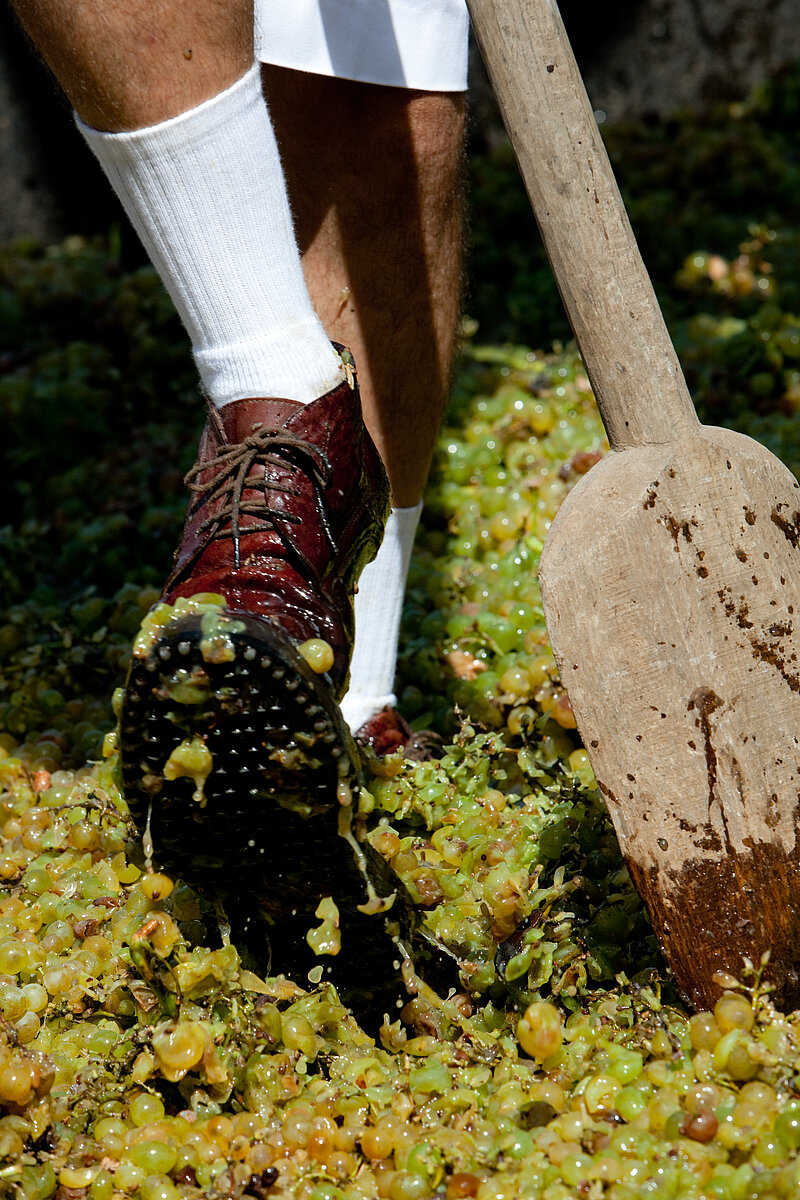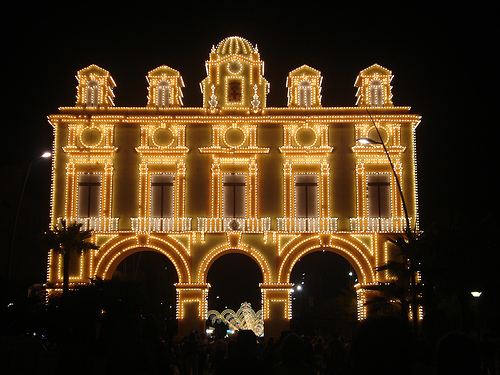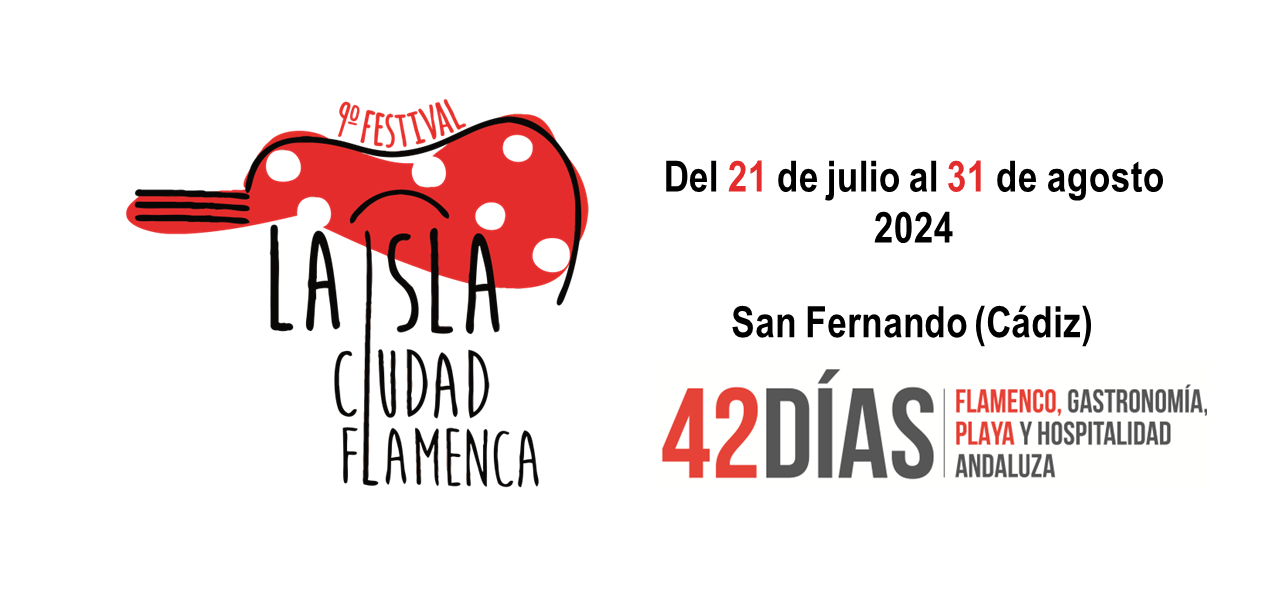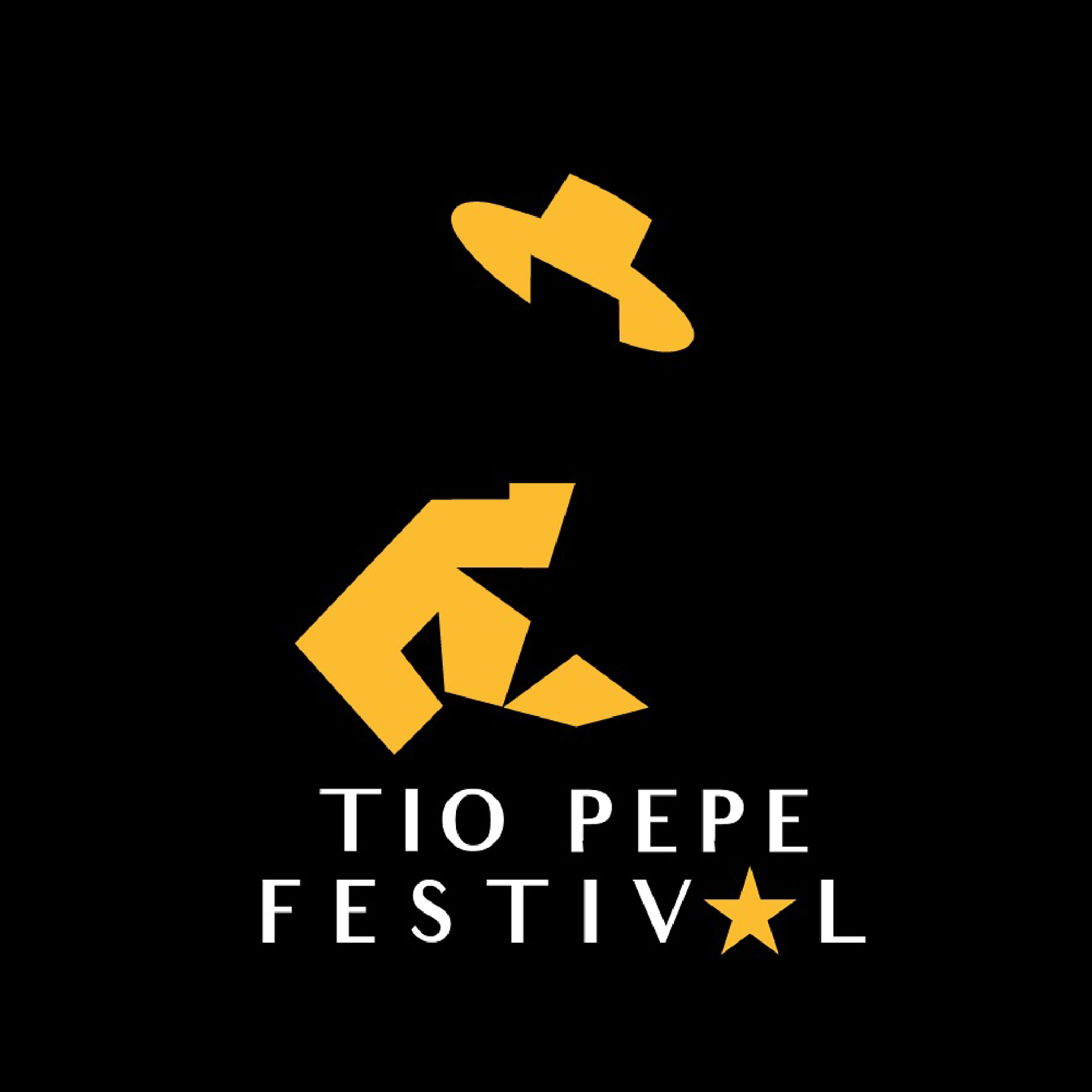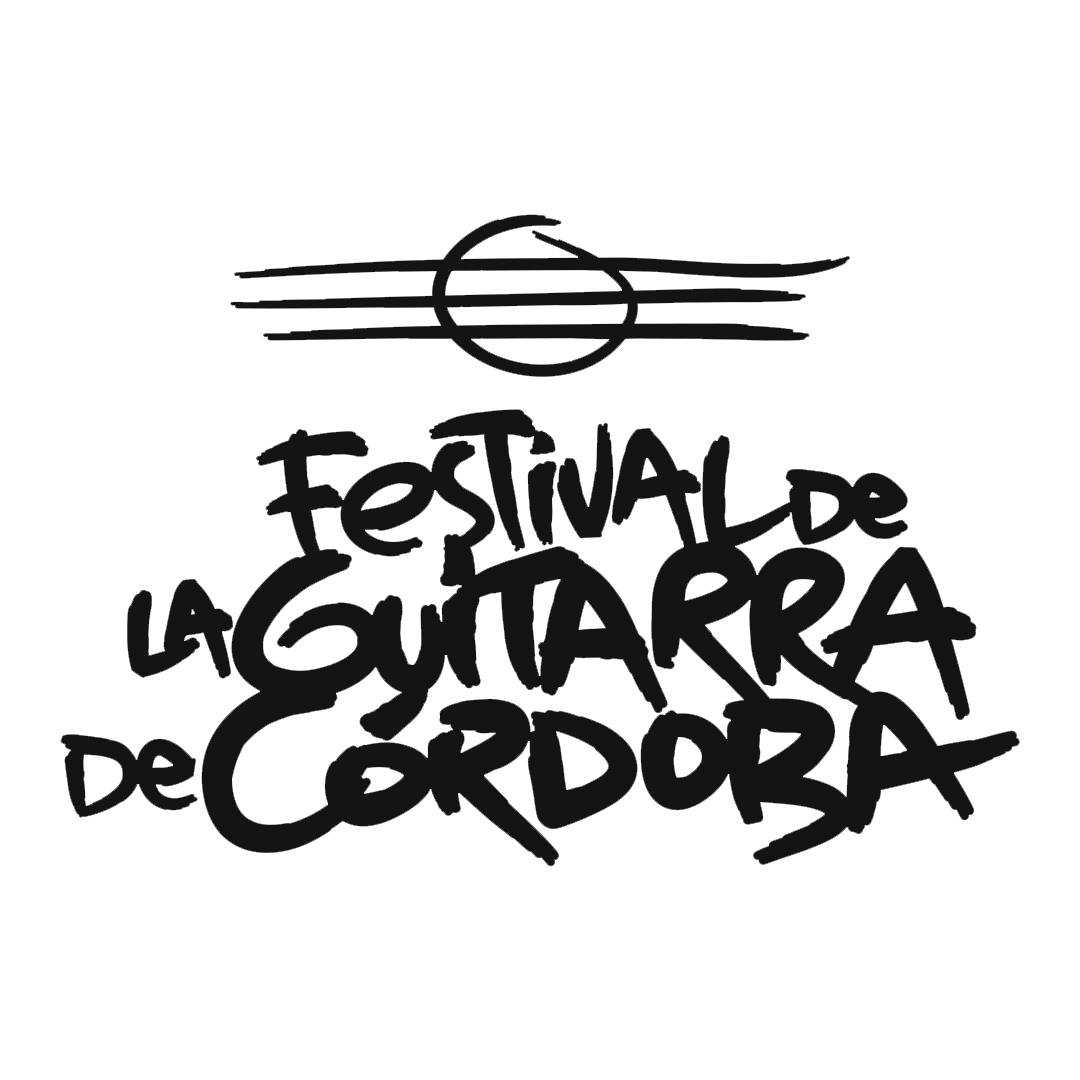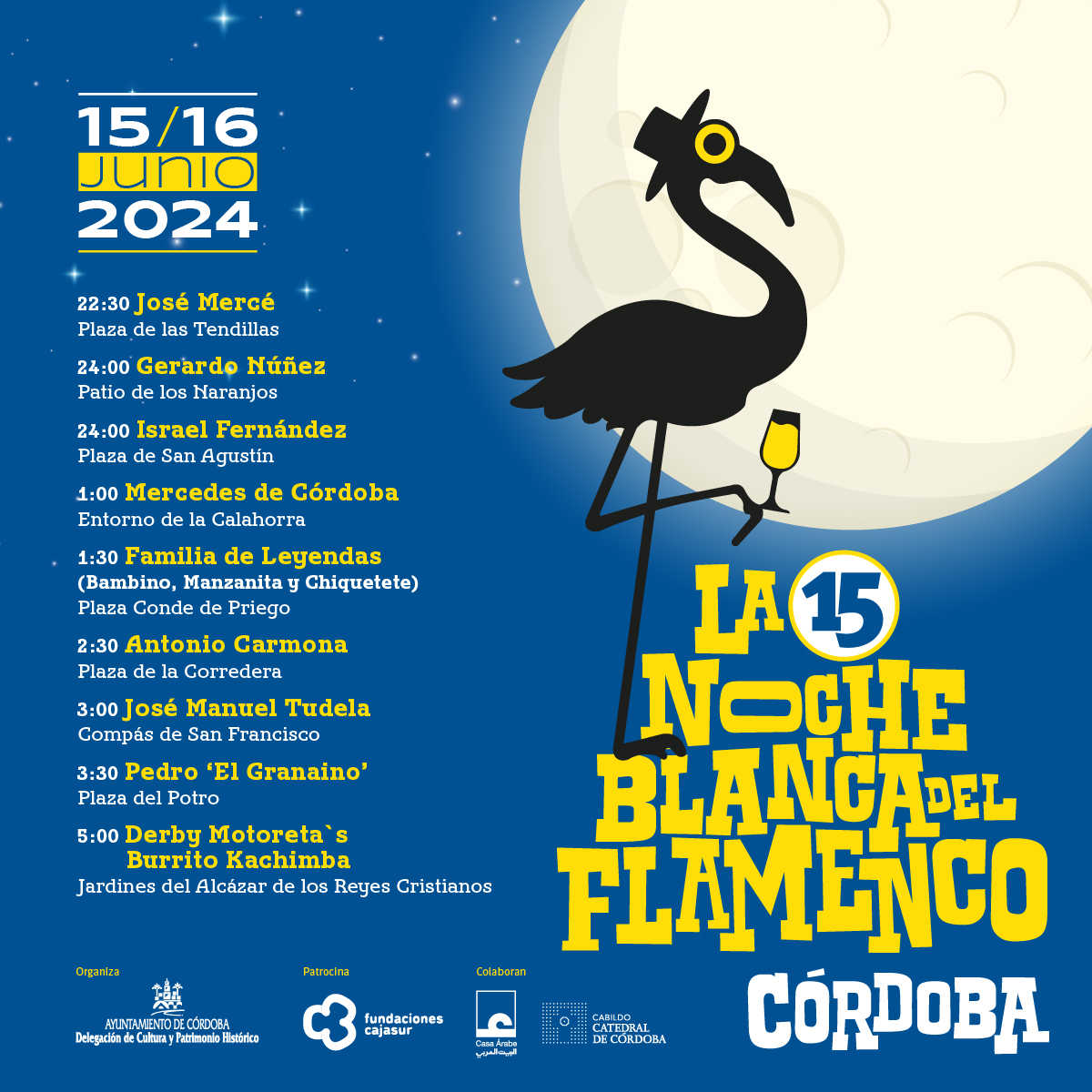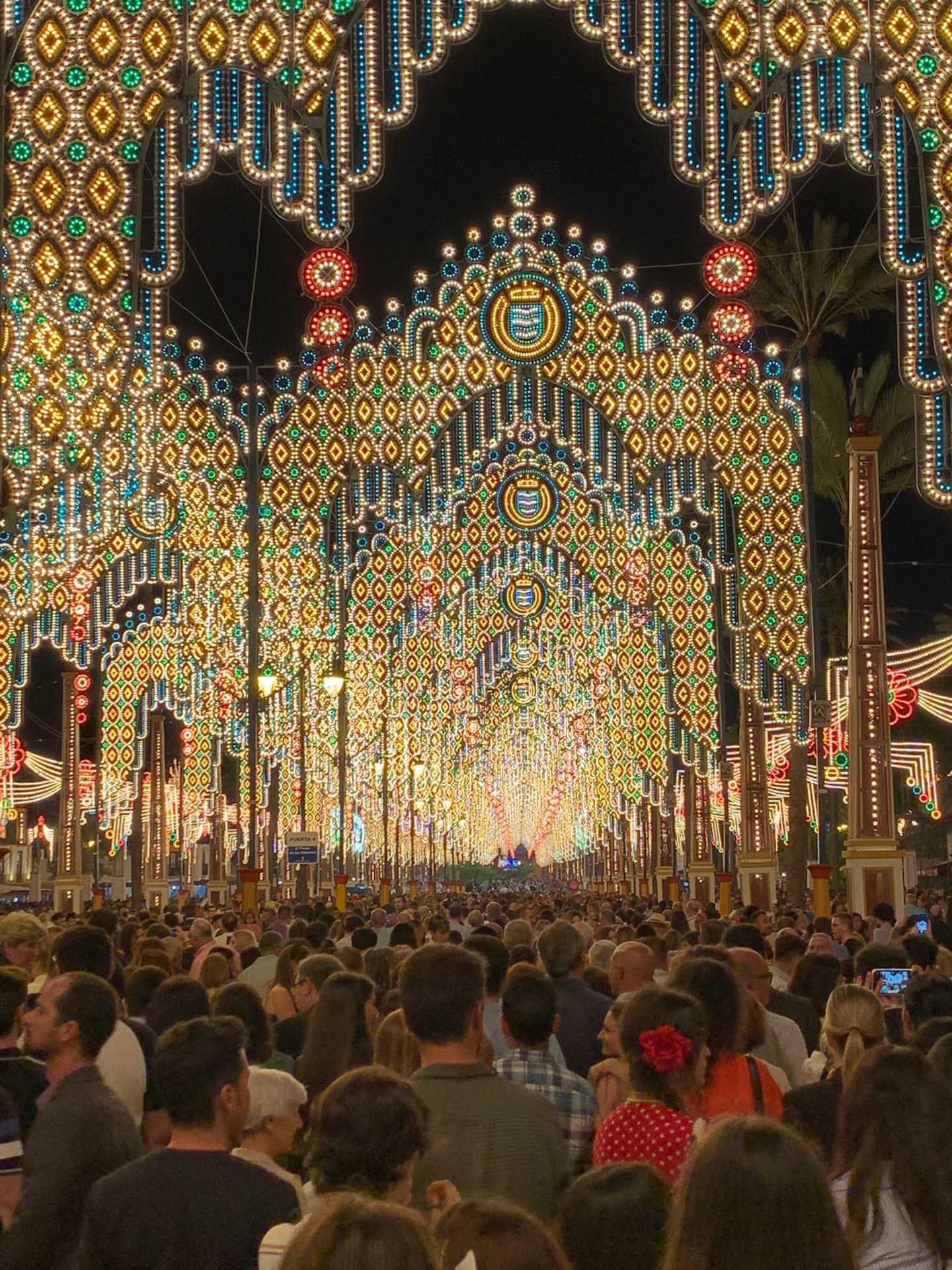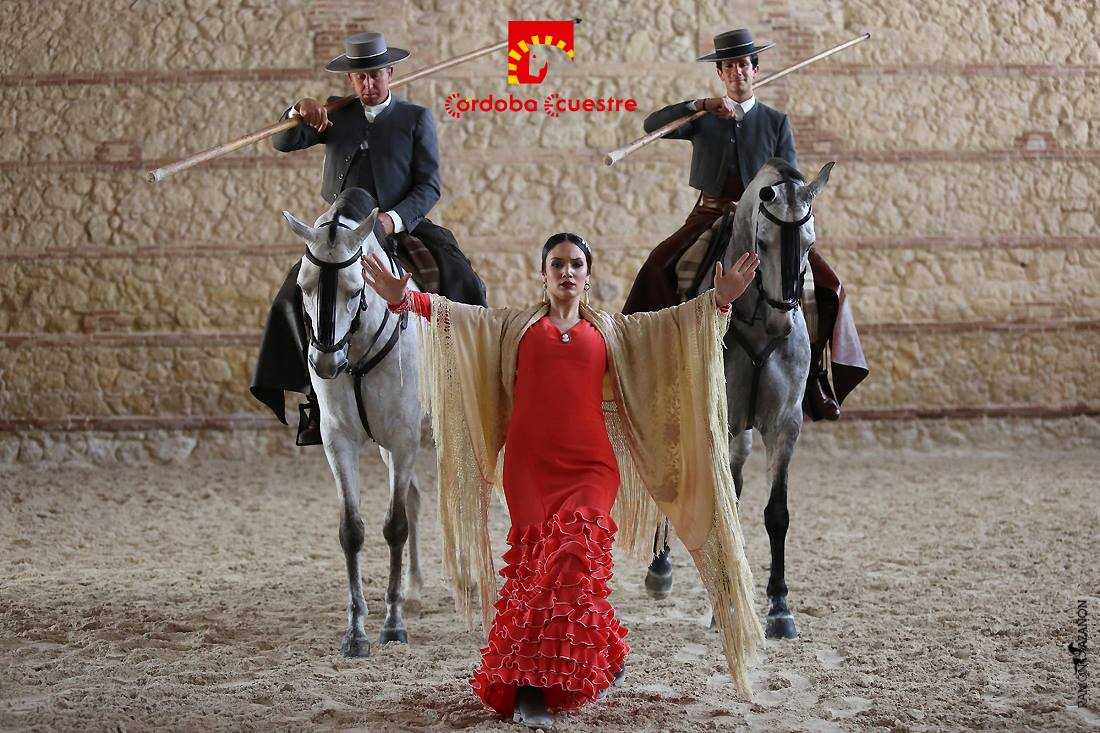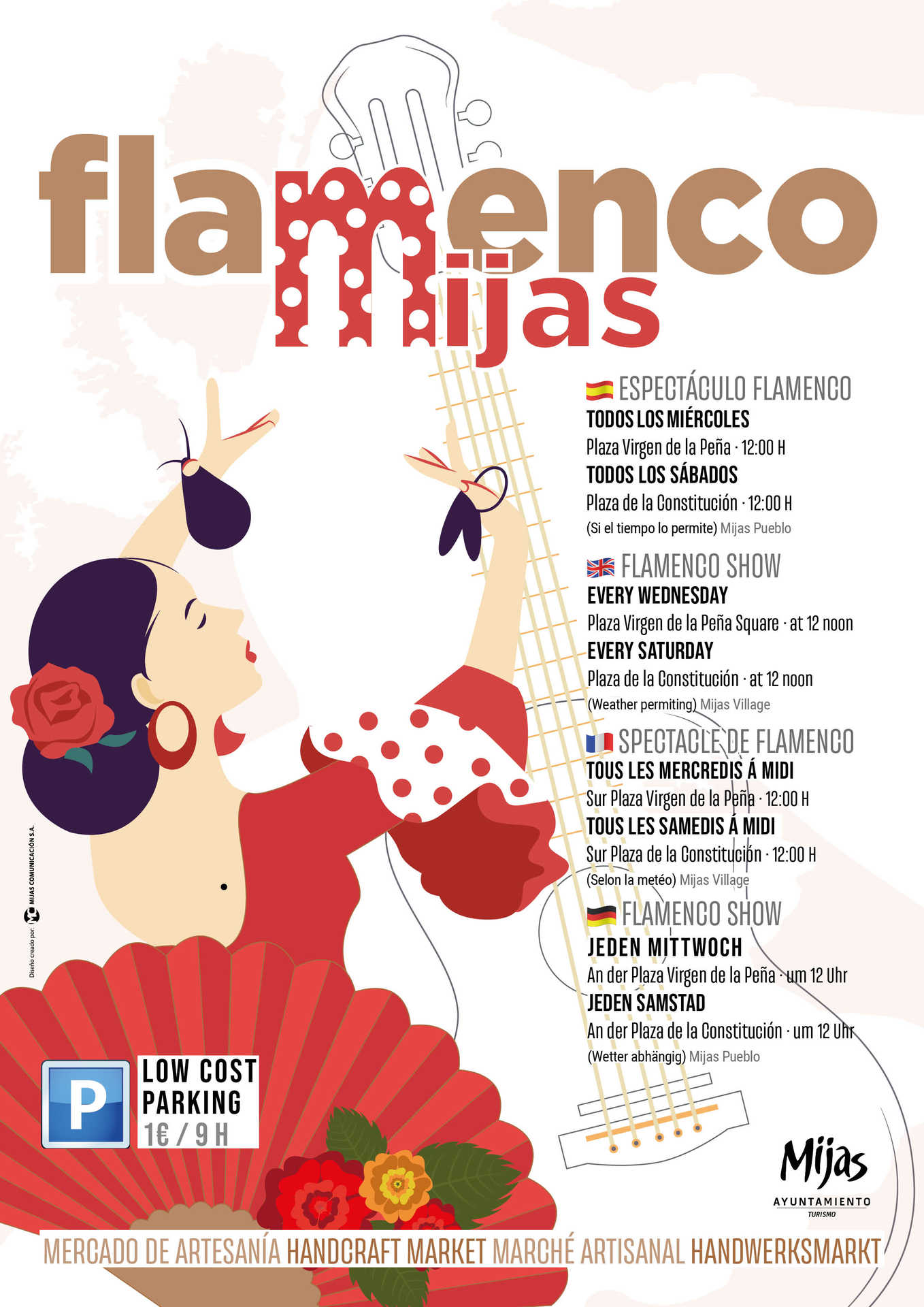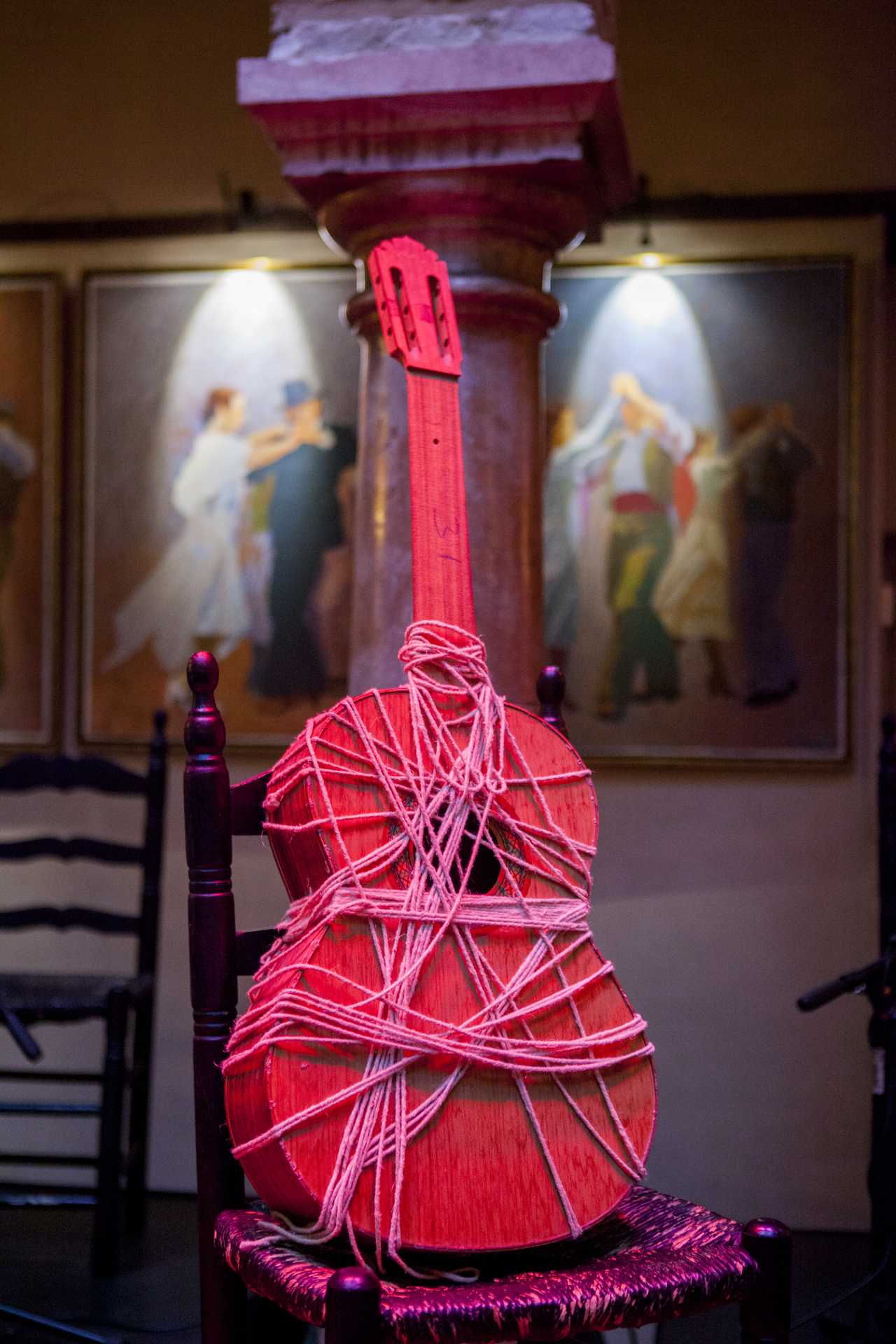
Guitar, the last to join in
The analysis of the flamenco guitar deserves a different section, since it is the last of the components that this genre acquired, however currently one of the most reappraisal. According to studies made by diverse experts, everything seems to indicate that one of the first references is located in "La explicación de la guitarra", published by Juan Antonio de Vargas y Guzmán in 1773. However in this era only guitarists, afterwards called 'por lo fino', can only be mentioned.
Ramón Montoya SalazarReally the first warning of the arrival of the 'six strings' to flamenco, arrive in figures such as El Murciano, Trinitario Huertas, Bernardo Troncoso, José Toboso and, above all Julián Arcas from Almería, father of a 'soleá' which carries his name. In this first era of guitarists, still situated in the group of guitar playing by "lo fino" and "lo flamenco", are followed by the so called 'Escuela Ecléctica', in which the inventor of the capo is underlined, Maestro Patiño Cádiz, Antonio Pérez Sevilla, Paco el Barbero Sevilla and Paco el de Lucena Córdoba.
From this moment on the first specialist in 'el toque' flamenco guitar playing arise, such as Juan Gandulla Habichuela, from Cádiz, Javier Molina, from Jerez, and Miguel Borrul father, from Castellón. However the great guitarist of the end of the XIX century and the beginning of X is Ramón Montoya Salazar (Madrid, 1880-1948). To whom the creation of a great majority of flamenco styles for the guitar is owed and he is considered the first revolutionary of the technique and harmony, up to the point that he turned into the first performer of flamenco concerts, in history.
His legacy is taken advantage of by a generation of unequalled guitarists that have constituted the era of the great creators. In this era Niño Ricardo, Manolo de Huelva, Perico el del Lunar, Esteban Sanlúcar, Melchor de Marchena, Sabicas and Diego del Gastor arise.
From all of them drank the greatest maestro of all time, Paco de Lucía, indisputable leader of the last generation of guitarists. Along with this man from Algeciras one Gerardo Nuñezalso has to underline Manolo Sanlúcar and Víctor Monge Serranito, a triangle of players that revolutionised the concept of the flamenco guitar, entering into contact, above all in the case of Paco de Lucía, with other music such as Brazilian, jazz, rock...
To this school, indisputably pertain the new values of guitar playing such as Tomatito from Almería, Gerardo Núñez from Jerez, Juan Manuel Cañizares from Cataluña or Vicente Amigo from Córdoba.
Related events

